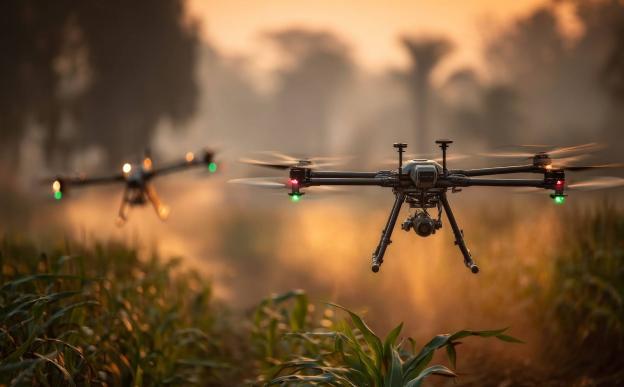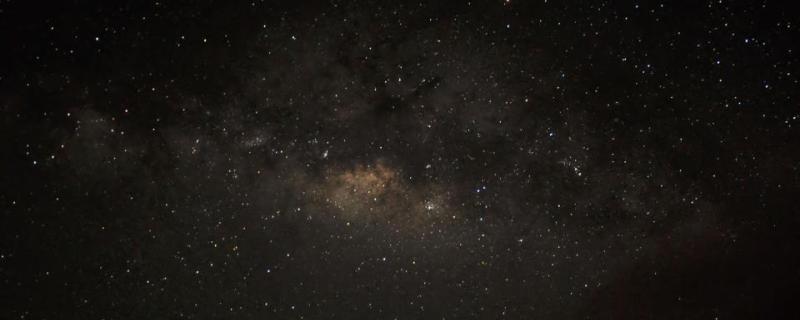In 1948, celebrated physicist and Nobel laureate, Richard Feynman introduced what came to be called Feynman diagrams. These were a pictorial representation of mathematical equations and served as a powerful tool in understanding and visualizing complex interactions between sub-atomic particles like protons and electrons. But this simplistic tool could not handle complex problems, where particles underwent many interactions, but instead produced incomprehensible and confounding answers, like infinities.
Novel scheme by IIT Bombay researchers to control drones can enable complex formation flying using only camera data, without GPS or inter-drone communication.
ಮುಂಬಯಿ /


